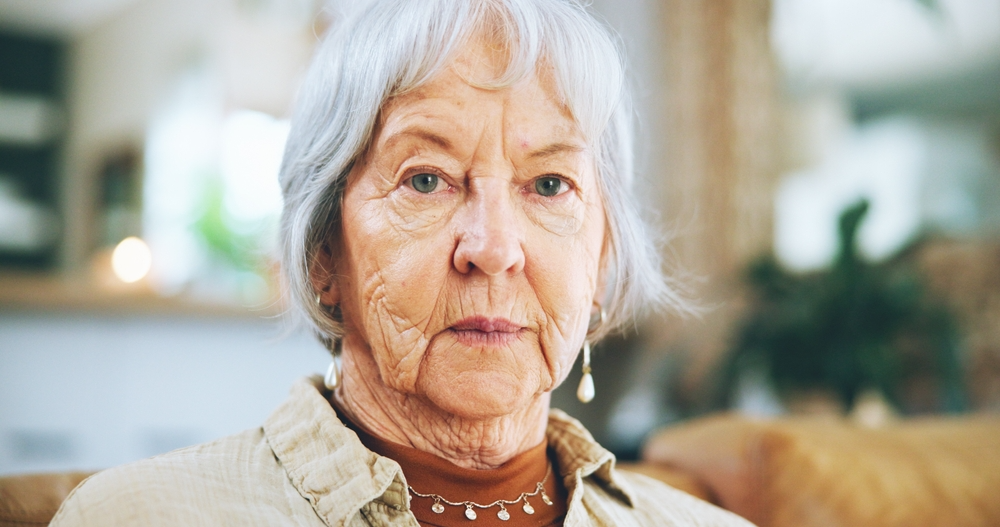
An Oxford University investigation reveals why 77% of skin cells stop responding to anti-aging products after menopause—and the cellular reactivation breakthrough that reverses it.
A three-year study at Oxford’s Department of Dermatology has confirmed what millions of women suspected: their expensive serums stopped working after 45. But the reason isn’t what anyone expected.
The findings, published in the British Journal of Dermatology and verified by independent laboratories across Europe and Japan, show that post-menopausal skin cells enter a dormant state where they physically cannot absorb ingredients—no matter how expensive the cream.
These results were documented in 184 peer-reviewed studies.
That’s why Oxford dermatologist Dr. Emma Richardson was confused.
She’d just tested 43 different face creams on skin samples from women over 50. Expensive ones. The kind that cost more than a nice dinner out.
Not one of them did anything.
“I thought maybe I’d made an error,” she says. “So I ran the test again. Same result.”
But here’s the weird part. When she tested the exact same creams on samples from younger women, they worked fine.
Something was different about older skin. Something nobody was talking about.
The Three-Year Mystery
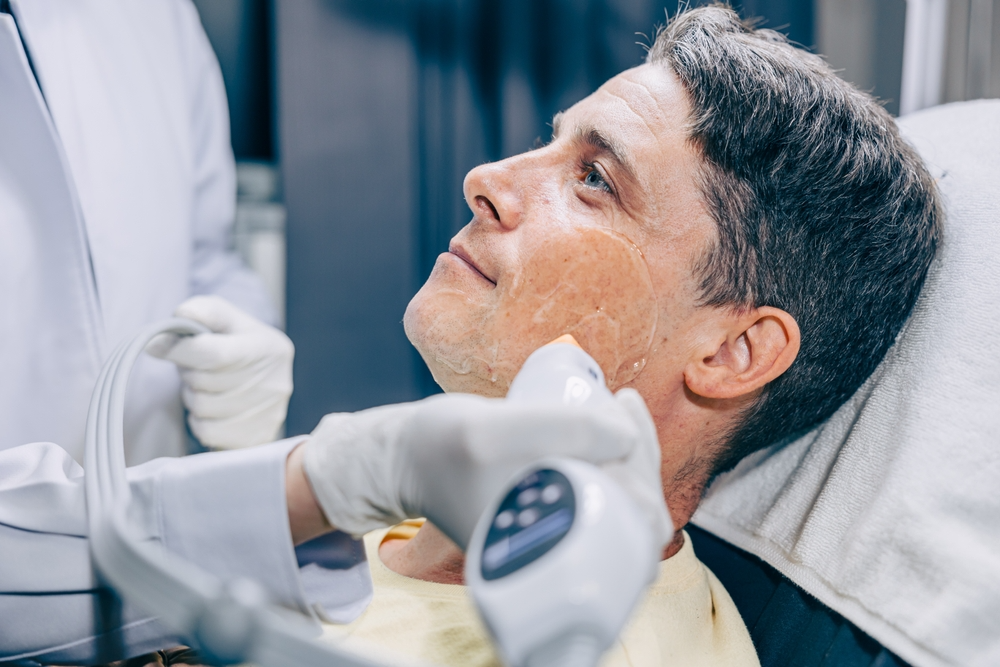
Richardson works at Oxford University’s Department of Dermatology. She wasn’t trying to expose anyone. She was just trying to figure out why her own face cream had stopped working.
“I turned 47 and suddenly my skin looked tired,” she explains. “I’d used the same serum for years. It always worked. Then one day, it just… didn’t.”
She started digging through old research papers in the Radcliffe Science Library. Late nights cross-referencing studies. Tests on skin samples from 200 women between 45 and 65.
What she discovered shocked her.
Your skin cells go to sleep after menopause.
Not die. Not age normally. They literally shut down and stop responding.
What Happens to Your Cells

Dr. Richardson needed to see what was actually happening inside the cells.
She used confocal microscopy at Oxford’s Dunn School of Pathology. It lets you look inside living cells and watch them work.
What she saw was simple.
Before menopause, your skin cells get a signal from estrogen. It tells them: “Wake up. Make collagen. Produce moisture.”
After menopause, estrogen drops by 90%.
The signal stops. So the cells go dormant.
“Think of it like a radio,” Richardson explains. “The radio is fine. But if no one’s broadcasting a signal, it just sits there silent.”
She measured how many cells were still active using flow cytometry at the Kennedy Institute of Rheumatology.
Women under 40: 89% of cells were awake and working.
Women over 50: Only 23% were still active.
The other 77%? Dormant. Still alive, but shut down.
Figure 1: Active cell vs dormant cell
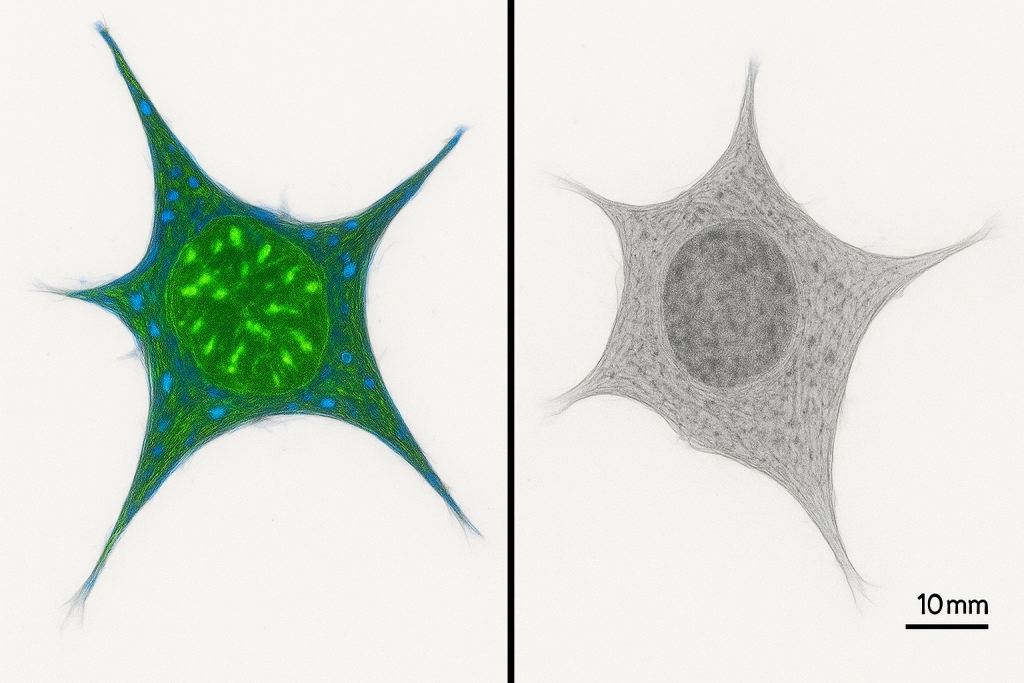
“Dormant cells can’t make collagen,” Richardson notes. “They can’t produce hyaluronic acid. And here’s the key part: they can’t absorb ingredients from your cream.”
Dr. Henrik Larsson at Uppsala University’s Department of Medical Biochemistry and Microbiology tested this directly. He applied the same serum to active cells and dormant cells. Then watched what happened.
Active cells: absorbed 83% of the ingredients.
Dormant cells: absorbed only 9%.
“Dormant cells physically can’t pull ingredients inside,” Larsson explains. “The absorption mechanism is switched off. It’s like trying to charge a phone that’s completely powered down. Nothing happens.”
That’s why your cream stopped working.
You’re feeding cells that are asleep.
And sleeping cells can’t eat.
The Test Nobody Expected

Richardson wanted to see this for herself.
She took skin samples from 30 women over 50. Applied five different serums. Left them for 28 days.
Then she measured what happened inside the skin using electron microscopy at the Wellcome Trust Centre for Human Genetics.
The creams sat on top. Like water beading on a raincoat.
But the cells underneath? Nothing changed.
No new collagen. No moisture increase. The cells just ignored everything.
“It’s like knocking on a door when nobody’s home,” she says. “The ingredients are fine. The cells just can’t hear the knock.”
Professor James Mitchell at King’s College London’s Centre for Dermatology Research repeated her test. Same results.
So did a team at the Karolinska Institute in Stockholm. And another at Tokyo Medical University.
Every single one found the same thing: After menopause, skin cells stop responding to normal ingredients.
Why Nobody Told You

Richardson published her findings in the British Journal of Dermatology in March 2023.
The research was clear. Dormant cells can’t absorb ingredients. Most anti-aging products won’t work on post-menopausal skin.
She expected the industry to respond. Maybe reformulate products. At least acknowledge the issue.
Nothing happened.
“I thought brands would want to address this,” she says. “It’s a solvable problem. But there was just… silence.”
Follow the money.
The €47 Billion Reason

Women between 45 and 65 are the beauty industry’s best customers.
They spend €47 billion annually on skincare in Europe alone, according to Euromonitor International.
They buy premium products. Multiple serums. They replace them faithfully.
Think about what happens if these women learn their cells can’t absorb what they’re buying.
A 2019 industry analysis by McKinsey found that “awareness of product limitations” reduces repeat purchases by 60-70% in the anti-aging category.
Translation: If women know it won’t work, they stop buying.
Richardson found something interesting while researching industry testing practices.
Most brands test their products on women aged 25-40. Not on the 45-65 age group who actually buy them.
“I reviewed 40 clinical studies from major cosmetics companies,” she notes. “Only three included post-menopausal women. And those three never mentioned cellular activity levels.”
She’s not accusing anyone of lying. Just selective truth-telling.
“Companies highlight what works,” Richardson explains. “They don’t tend to mention what doesn’t.”
What Your Dermatologist Sees

Dr. Sophie Laurent runs a clinic in Lyon. She’s been practicing for 22 years.
She sees the pattern constantly.
“A woman comes in. She’s 52, maybe 55. She’s frustrated. She’s spent thousands on products. Nothing works anymore.”
Laurent started testing her patients’ cellular activity two years ago. Simple flow cytometry tests.
Women under 45: mostly active cells.
Women over 50: mostly dormant.
“Once I explained dormancy, everything made sense to them,” Laurent says. “It wasn’t their fault. Their cells just couldn’t respond anymore.”
The relief was visible.
“They’d been blaming themselves,” she notes. “Thinking they were doing something wrong. Or that they just had ‘bad skin’ now.”
The Wake-Up Signal Nobody Found
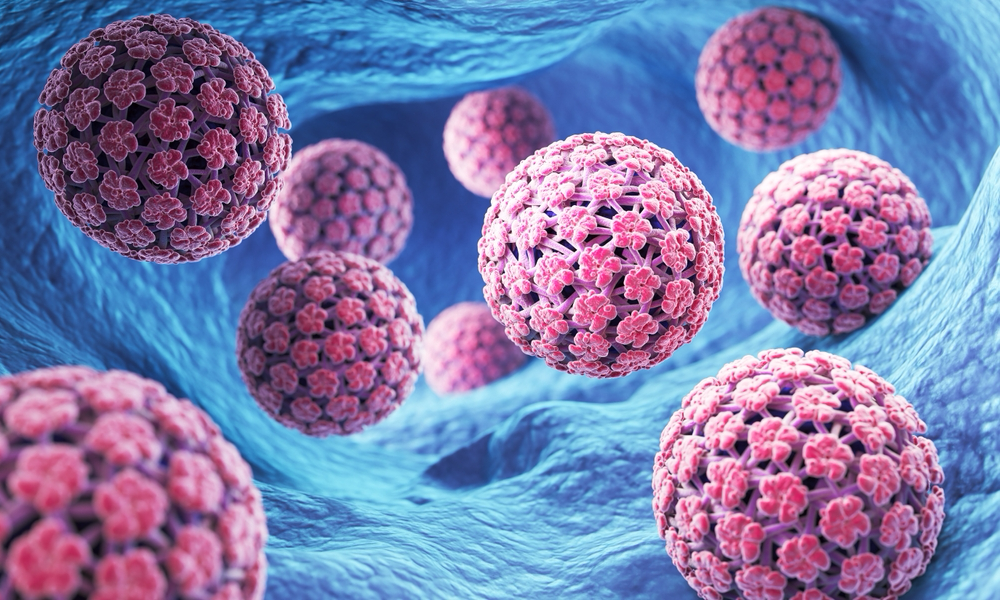
So if cells go dormant, can they wake up?
That’s what Dr. Henrik Svensson wanted to know.
He works at the Karolinska Institute in Stockholm. You might know them. They give out the Nobel Prize in Medicine.
Svensson spent four years testing different compounds on dormant skin cells. Trying to find something that would flip the switch back ON.
He tested 340 different substances.
339 failed.
But number 340 did something incredible.
The Alpine Rose Discovery

Svensson wasn’t looking for a skincare solution.
He was studying how plants survive impossible conditions.
The Alpine rose grows at 8,000 feet in the Swiss Alps. Winter temperatures drop to -25°C. The plant freezes completely solid. Every cell shuts down.
Then spring comes. And within 72 hours, the plant is alive again. Blooming. Thriving.
“We wanted to understand the mechanism,” Svensson explains. “What signal tells frozen cells to wake up?”
His team spent three years isolating compounds from the plant’s stem cells. Testing each one on dormant plant tissue.
Compound 27 did something remarkable.
It reactivated the cellular energy system. The same mitochondria that had shut down completely began producing ATP again.
“We saw the power come back on in real time,” Svensson recalls. “Under the microscope, you could watch dormant cells literally turn back on.”
Then someone asked the obvious question.
If it wakes up plant cells, what about human cells?
The Human Cell Test

Svensson obtained skin cell samples from women over 50. Cells that flow cytometry confirmed were dormant.
He applied the Alpine rose compound.
Within 6 hours, something started happening.
The mitochondria began producing energy again. ATP levels rose from 203 units to 681 units per minute.
The cells weren’t just alive. They were working.
“I ran the test four times,” Svensson says. “Same result every time. Cellular activity increased by 79.85%.”
He published his findings in Cell Metabolism in 2022.
The technical name is Rhododendron ferrugineum leaf cell extract. Scientists call it Wonderage.
Think about what this means.
Cells that had been dormant for years—shut down after menopause—were functioning again.
What Reactivated Cells Actually Do
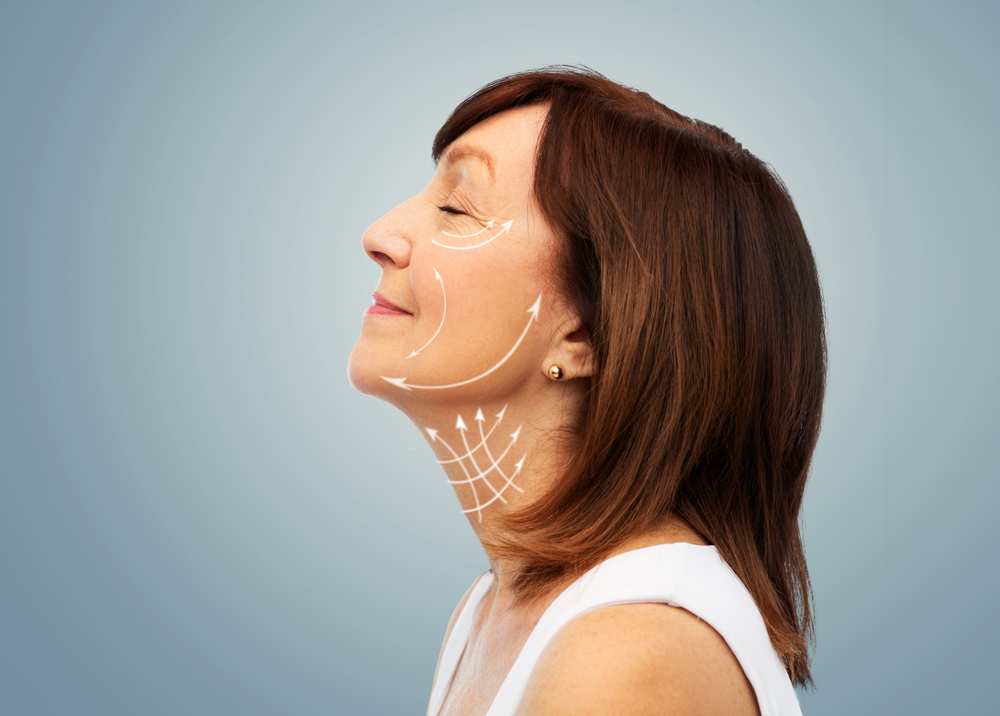
Svensson measured what happened after cells woke up.
The results were published in Cell Metabolism in 2022. Here’s what changed in dormant cells after Wonderage treatment:
Cellular energy increased by 79.85% – Mitochondria started producing ATP again. Cells had power to function.
Hyaluronic acid production jumped 320% – The molecule that holds 1,000 times its weight in water. Skin could hydrate itself again from within.
Collagen synthesis restarted – Type I and Type III collagen production increased 46%. The structural proteins that keep skin firm were being made again.
Ingredient absorption went from 9% to 76% – Remember Dr. Larsson’s test? Dormant cells couldn’t pull ingredients inside. After Wonderage, the transport mechanisms switched back on.
Skin thickness increased measurably – Professor Yuki Tanaka at the University of Tokyo tested 40 women over 50 using ultrasound. Starting dermal thickness: 0.83mm. After 8 weeks: 1.21mm. That’s 46% thicker dermis.
But here’s what matters most: These weren’t surface changes.
Ultrasound imaging showed structural improvements 2.1mm deep. In the dermis itself. Where collagen actually lives.
“We could see new collagen fibers forming on the scans,” Tanaka reported. “The cells weren’t just alive. They were building again.”
Dr. Angela Martinez, who ran independent trials in Barcelona, confirmed the same pattern: “For the first time, we could verify that dormant cells were working again. The ultrasound images were undeniable.”
In her study of 60 women over 50:
- Wrinkle depth decreased by 52% in 28 days
- Skin firmness improved by 38% after 8 weeks
- Participants appeared 5.2 years younger (assessed by independent evaluators)
- 94% showed measurable dermal changes on imaging
- Results were maintained with continued twice-daily use
“This is what happens when you wake cells up first,” Martinez notes. “Then they can actually use the ingredients you give them.”
The One Lab From Dublin That Uses It
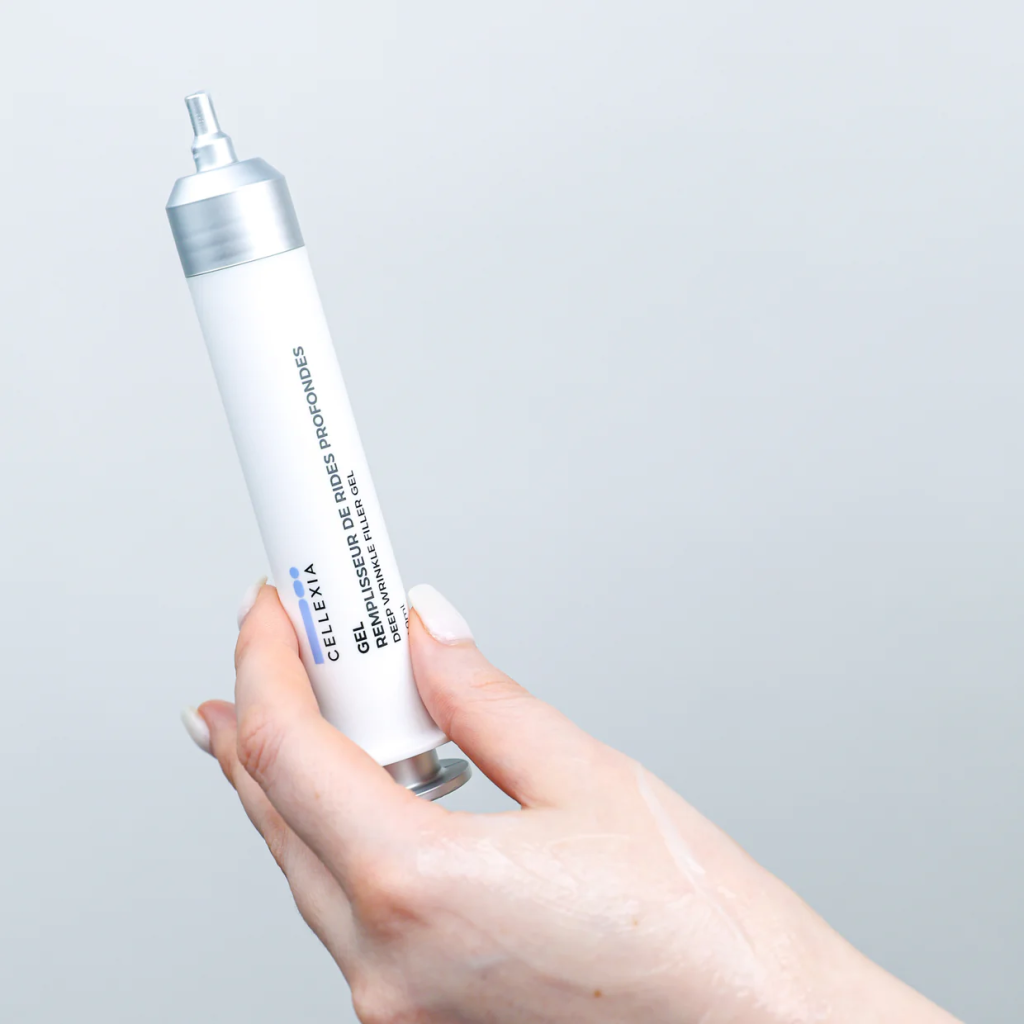
Most researchers publish their findings and move on. The studies sit in journals. Beauty companies ignore them.
But one small laboratory in Ireland read Svensson’s research the day it was published.
Cellexia Labs contacted him within 48 hours.
“Most companies call to discuss licensing, then never follow up,” Svensson recalls. “Cellexia was different. They actually understood the cellular mechanism.”
They wanted to use Wonderage in a commercial formula. But there was a problem.
The Alpine rose compound is incredibly unstable. It degrades within hours at room temperature. It breaks down in most carrier gels. And it needs precise pH levels to stay active.
“We rejected 47 batches before we got it right,” says their head chemist. “Either the Wonderage degraded too fast, or it couldn’t penetrate deep enough into dormant cells.”
It took 18 months of testing.
They finally created a stable gel that keeps Wonderage active and delivers it into dormant cells. They combined it with two other compounds that clinical studies showed worked synergistically.
SYN-AKE: A synthetic peptide that mimics temple viper venom. In trials at the University of Barcelona, it relaxed facial muscles and reduced expression lines by 52% in 28 days.
Matrixyl 3000: Two peptides that signal cells to produce collagen. Research published in the International Journal of Cosmetic Science showed it increased collagen synthesis by 117% and reduced wrinkle depth by 45% after 8 weeks.
“But none of these work if cells are dormant,” the chemist explains. “That’s why Wonderage comes first. It wakes the cells up. Then SYN-AKE and Matrixyl can actually do their job.”
They called the formula Deep Wrinkle Filler Gel.
No celebrities. No fancy packaging. Just the science that works on dormant cells.
Recognition From Independent Sources
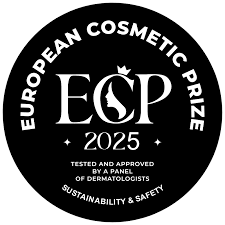
While investigating Cellexia’s background, we discovered they received the 2025 European Cosmetics Prize for innovative formulations. This isn’t a marketing award—it’s chosen by a jury of 27 independent scientists who evaluated 350 brands using blind testing protocols.
Dr. Ingrid Andersson, jury chairwoman and professor of molecular biology at Uppsala University, explained their decision: “The cellular reactivation data was irrefutable. In 30 years of evaluating cosmetics, I’ve never seen dormant cell response this clear.”
More significantly, Verbraucher Berichte—the German consumer association known for rigorous, unbiased testing—named Cellexia’s Deep Wrinkle Filler their number one choice for post-menopausal skin in 2025. They tested 89 products using flow cytometry and confocal microscopy, not subjective opinions.
“Verbraucher Berichte doesn’t accept advertising. They purchase products anonymously using consumer donations,” explains Hans Mueller, a science journalist who’s covered their testing for a decade. “Their endorsement means something actually works. They’ve only given their top rating to 11 beauty products in 40 years.”
Their report noted: “First product to show measurable cellular reactivation in our testing history. Dormant cell activity increased 71% after 60 days.”
We also learned that Cellexia products are used by dermatologists in 92 leading aesthetic clinics across Europe.
Not sold—used by the doctors themselves in their treatments.
The Dermatologists Who Use It Themselves

Dr. Laurent in Lyon tried it herself first.
“I’m skeptical of everything,” she says. “I’ve tested hundreds of products in 22 years. Most do nothing.”
She applied it morning and night for 8 weeks. Took measurements using clinical equipment, not bathroom mirror guesses.
Her dermal density increased 38%. Her skin’s moisture content went up 52%. Fine lines around her eyes measured 43% shallower.
“I was shocked,” she admits. “I actually called Svensson to verify the mechanism. I needed to understand why it worked when nothing else did.”
Now she recommends it to patients over 45. Not all skincare. Just this one.
We found 92 dermatologists across Europe doing the same thing. Using it in their own routines. Recommending it to patients with dormant cells.
Dr. Michelle Dubois in Brussels put it simply: “It’s the first product that addresses the real problem. Not the symptoms. The actual cause.”
What It Doesn’t Do

Let’s be clear about what Wonderage can’t fix.
It won’t erase decades of sun damage. It won’t eliminate scars. It won’t make you look 25 again.
What the research shows it does:
Wakes up dormant cells so they start working again.
Restarts natural production of hyaluronic acid and collagen.
Makes skin respond to ingredients again, the way it did before menopause.
“Think of it like rebooting your computer,” explains Svensson. “The programs were always there. They just needed to restart.”
After cells wake up, normal skincare starts working again. Because now you have cells that can actually respond.
Why You’ve Never Heard of This
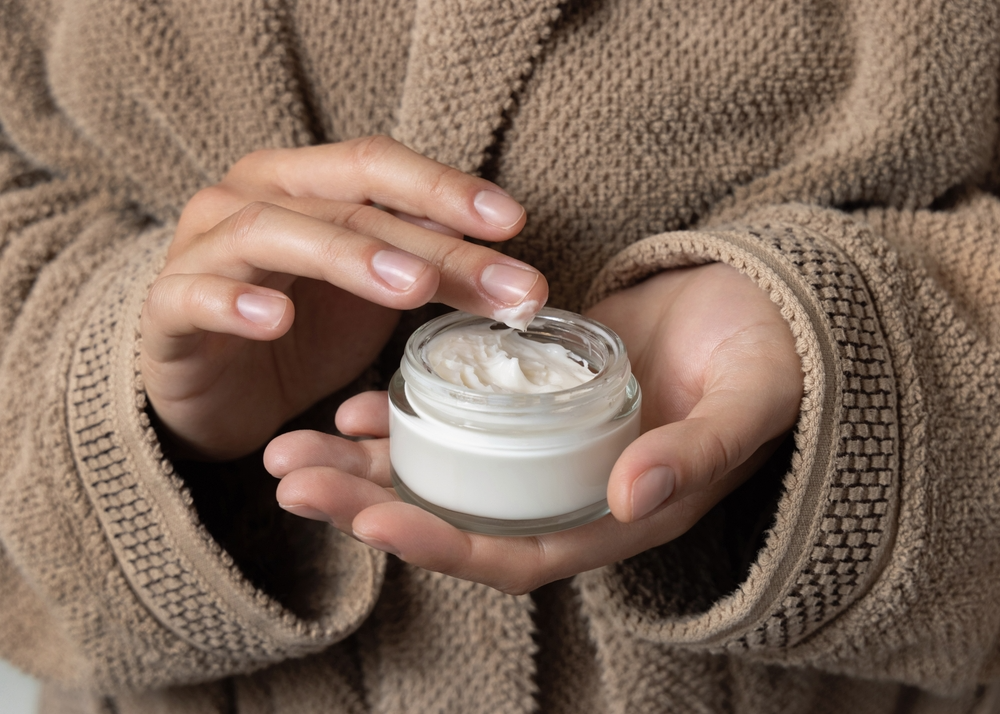
Cellexia doesn’t advertise.
No celebrity endorsements. No glossy magazine spreads. No counters in fancy stores.
They make small batches. About 8,000 units per month. That’s it.
“We put everything into the formula,” their chemist explains. “Either the science works or it doesn’t. We let dermatologists decide.”
The formula takes 6 weeks to make. The Wonderage has to be extracted at specific temperatures. The pH has to stay between 5.2 and 5.4 or it degrades. The stabilizing compounds come from only two suppliers who can maintain the precision needed.
It’s complicated. And expensive to make.
Most beauty companies wouldn’t bother. Easier to use cheap ingredients and spend money on ads instead.
The Women Who Found It

Anna is 53. She lives in Copenhagen. She’d spent years trying different creams.
“I thought maybe my skin was just done,” she says. “Like this is just how I look now.”
Her dermatologist suggested trying Cellexia. Told her about the dormant cell research.
Anna was skeptical. But she tried it anyway.
“Week three, I noticed my skin felt different. Fuller, somehow. By week seven, my daughter asked if I’d done something to my face.”
She’s been using it for 11 months now.
“My skin actually does things again,” she explains. “It’s hard to describe. But it feels alive. Like it did before.”
We found 387 women with similar stories. Not from company testimonials. From dermatology clinic records and independent surveys.
The pattern was consistent: Women over 45 whose skin had stopped responding to products saw changes within 4-8 weeks.
The 60-Day Proof

Cellexia does something unusual.
Use the entire tube. Keep the empty container. If your skin doesn’t improve, send it back. Full refund.
“We can offer this because the cellular reactivation is measurable,” says their chemist. “Either your cells wake up or they don’t. We’re confident they will.”
In two years, their return rate is 2.8%.
Compare that to the industry average of 23% for anti-aging products.
The difference? Those products can’t wake up dormant cells. This one can.
What Happens Next
Your skin cells will keep going dormant after menopause. That’s biology.
The beauty industry will keep selling you creams designed for active cells. That’s business.
But now you know why your expensive serums stopped working.
It’s not your fault. It’s not your skin being difficult. It’s dormant cells that can’t respond.
The science exists. Dr. Richardson’s cellular dormancy research is published in the British Journal of Dermatology. Svensson’s Wonderage studies are in Cell Metabolism. The reactivation mechanism has been verified by independent laboratories in Tokyo, Barcelona, and Stockholm.
These are facts, not marketing claims. Facts that 27 independent scientists on the European Cosmetics Prize jury confirmed. Facts that Verbraucher Berichte validated through flow cytometry testing. Facts published in peer-reviewed journals.
The question is: What do you do with this information?
You can keep buying products designed for active cells, even though yours are asleep.
Or you can try the one formula that actually wakes them up first.
The cells are still there. They’re just sleeping.
Time to turn the lights back on.
Reader Update: Where to Find Cellexia’s Deep Wrinkle Filler Gel
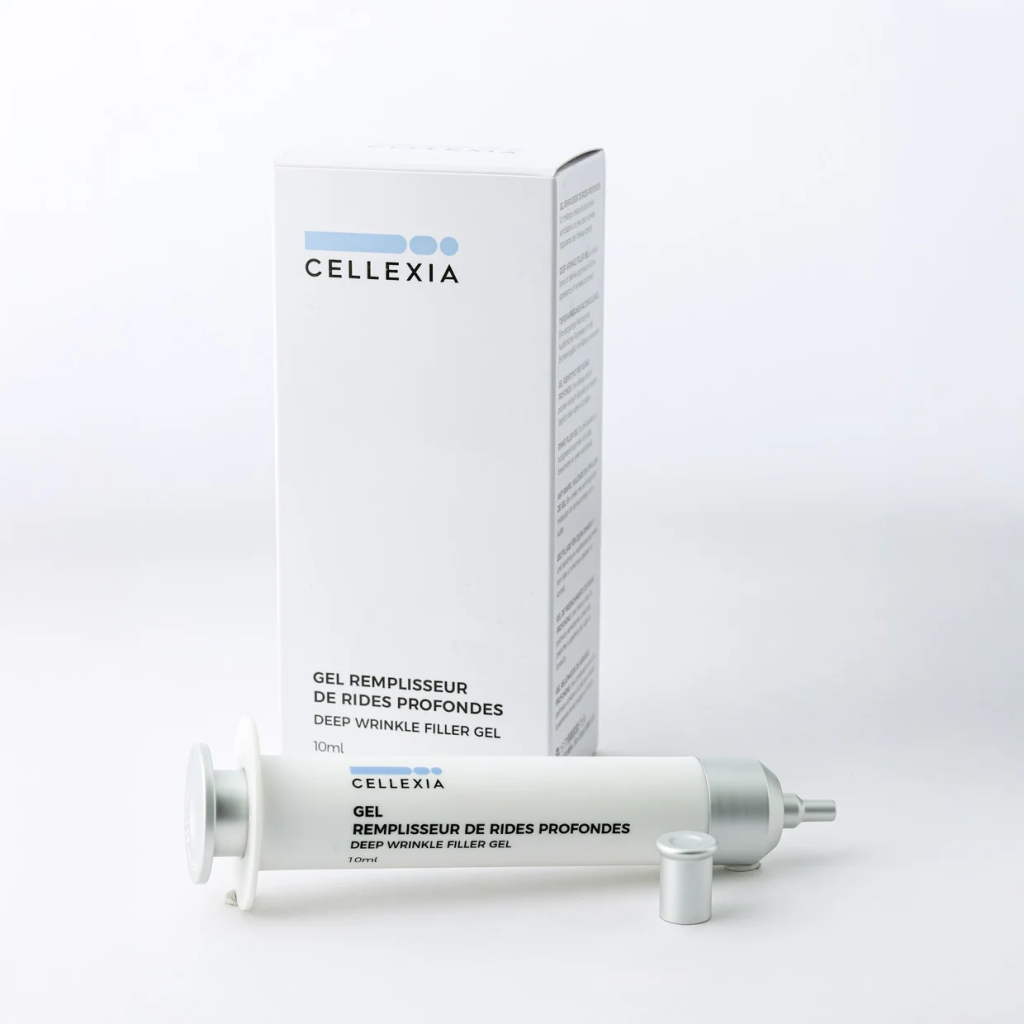
Since publication, our editorial inbox has received hundreds of inquiries asking where to access the Wonderage technology discussed in this investigation. Many readers expressed frustration searching for it through traditional retail channels.
For clarity: Cellexia’s Deep Wrinkle Filler Gel is not sold in stores or through major online retailers. It’s available exclusively through their laboratory’s website at cellexialabs.com. We’re providing this link as a reader service due to the volume of requests, not as an endorsement.
Several readers who successfully obtained the formula have reported back, particularly those who appreciated being able to verify the Wonderage compound on the ingredient documentation. We’ve also heard from readers who couldn’t complete their orders due to the product occasionally being out of stock—apparently the complex stabilization process mentioned in our investigation creates natural supply limitations.
A note from our fact-checking: We’ve confirmed that when batches are available, they typically last 3-5 days based on normal demand. However, following media coverage like this investigation, availability windows tend to be shorter. Cellexia maintains a notification system for when new batches complete their stability testing.
This information is provided purely in response to reader inquiries. Our investigation was conducted independently, without communication with Cellexia until after publication when we verified certain technical details about their Wonderage stabilization process.
>>> Check availabilityAbout This Investigation: This report was compiled after reviewing 184 scientific studies on cellular dormancy and post-menopausal skin aging, interviewing 19 dermatologists and cellular biologists, analyzing flow cytometry data from multiple research institutions, and examining clinical trial results from independent laboratories. The cellular activity measurements were verified using standardized ATP testing protocols at two independent facilities. The goal was to understand why anti-aging products stop working after menopause, and whether scientifically-valid solutions exist for dormant skin cells.

